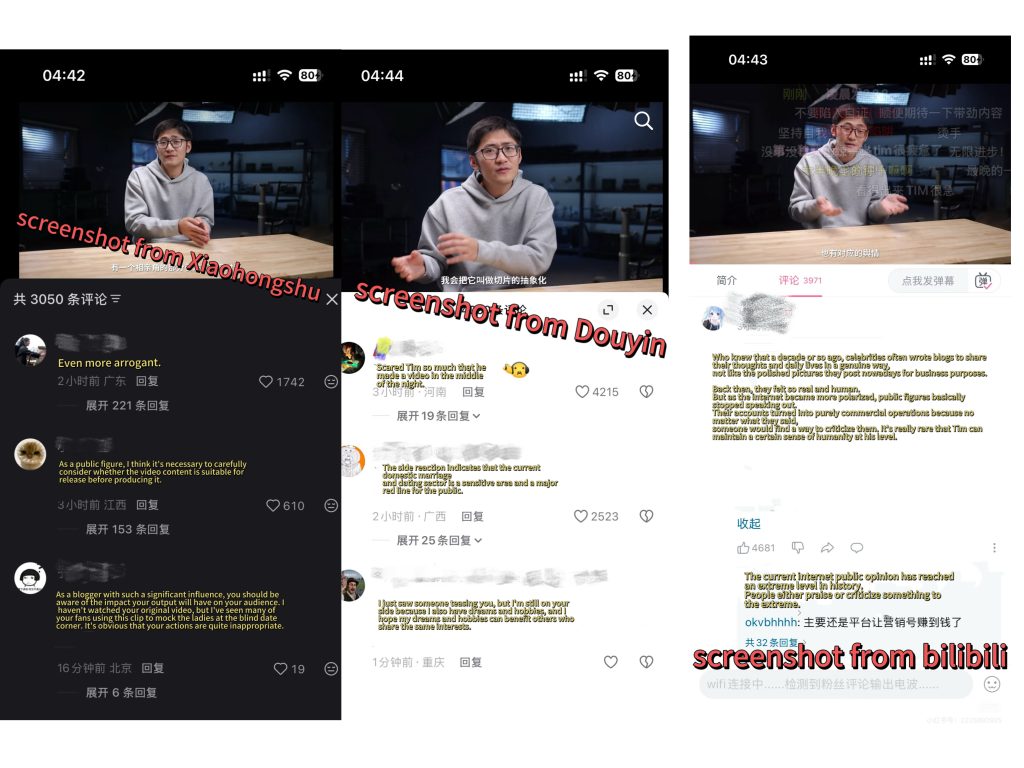In this episode of the podcast, I want to discuss Stuart Hall’s “encoding/decoding” model (Hall, 1980). As a student who constantly scrolls through Instagram, TikTok and YouTube, I think this theory perfectly explains why the same video can cause a heated debate among netizens for an entire afternoon.
Hall believes that media producers “encode” content, but audiences “decode” it in different ways based on their social positions and experiences. The three decoding methods he proposed – dominant, negotiated, and oppositional, are simply the daily portrayal of contemporary comment sections.

For example, when brands are making advertisements about “sustainable development”, Banet-Weiser (2012) pointed out that brands would try to encode values such as “empowerment” and “environmental protection” into them. However, on social media platforms, people’s decoding is completely different: some fully accept (dominant style), some support but doubt their motives (negotiative style), and others directly call them “greenwashing” (oppositional style).
I have also witnessed similar situations on various social platforms in China. Even a simple social dating survey video can spark heated debates. For instance, on Bilibili, where the audience is mostly composed of otaku, the comments are mostly supportive. On Douyin, which has a more general audience, the comments are mixed. However, on Xiaohongshu, where the majority of users are women, the comments are clearly more critical. This shows that meaning is not fixed; it constantly changes based on our background, beliefs, and the content pushed to us by the platform’s algorithm.

Hall’s theory reminds us that audiences are not passive recipients but co-creators of meaning. Even a meme can be understood completely differently due to different decoding methods. And meaning needs to be interpreted. We should not be carried along by the information flow. We need to be clear about who is programming and whose voice needs to be amplified. Do we have the courage to redefine our digital identities?

References
Hall, S. (1980). Encoding/decoding. In S. Hall, D. Hobson, A. Lowe & P. Willis (Eds.), Culture, Media, Language (pp. 128ŌĆō138). London: Hutchinson.
Banet-Weiser, S. (2012). AuthenticŌäó: The Politics of Ambivalence in a Brand Culture. New York: NYU Press.

